When it comes to the exterior walls of your home, the choice of materials can significantly impact its appearance, durability, and maintenance requirements. Among the popular options available, cladding, brick, and rendering offer distinct advantages and aesthetic possibilities. In this blog, we will explore the pros and cons of each option, helping you make an informed decision for your home’s exterior.
Post your Requirement
Cladding For Exterior Walls
Cladding is a popular choice for exterior walls due to its aesthetic appeal and functional benefits. However, it also comes with its own set of pros and cons.
Pros:
-
Enhanced appearance:
Cladding can significantly enhance the visual appeal of a building. It offers a wide range of design options, textures, and colors, allowing for customization and creating a unique look.
-
Weather protection:
Cladding acts as a protective barrier, shielding the underlying structure from harsh weather conditions, such as rain, wind, and UV radiation. It helps prevent moisture penetration and reduces the risk of damage and deterioration.
-
Insulation:
Certain types of cladding, such as insulated panels, can improve thermal insulation, reducing heat loss in winter and heat gain in summer. This can contribute to energy efficiency and cost savings on heating and cooling.
Cons:
-
Cost:
Cladding can be expensive, especially if high-quality materials are chosen. Additionally, the installation process may require skilled professionals, adding to the overall cost.
-
Maintenance:
Depending on the material, cladding may require regular maintenance to preserve its appearance and functionality. This can involve cleaning, painting, or treating the cladding, which adds to the ongoing maintenance costs.
-
Potential for moisture issues:
Improper installation or inadequate moisture barriers can lead to moisture accumulation behind the cladding, causing rot, mold, or structural damage over time. Proper installation and maintenance are crucial to avoid such issues.
Suggested Article: Different Types of Wall Cladding
Brick For Exterior Walls
Brick is a traditional and widely used material for exterior walls, known for its durability and classic appeal. However, it’s important to consider the pros and cons before deciding to use brick for your project.
Pros:
-
Durability:
Brick is highly durable and can withstand various weather conditions, including strong winds, heat, and moisture. It has a long lifespan and requires minimal maintenance over time.
-
Thermal insulation:
Brick has excellent thermal insulation properties, providing natural insulation to the building. It helps regulate indoor temperatures, reducing the need for excessive heating or cooling and contributing to energy efficiency.
-
Aesthetics:
Brick offers a timeless and charming aesthetic, adding character and visual appeal to a building. It comes in a variety of colors, textures, and patterns, allowing for creative design options.
Cons:
Cost:
Brick can be more expensive than other exterior wall materials, particularly if high-quality or specialty bricks are chosen. The cost can include not only the material but also the labor for installation.
-
Installation time:
Brick installation is a labor-intensive process that requires skilled masons. It can be time-consuming, especially for complex designs or large-scale projects, leading to longer construction timelines.
-
Weight:
Brick is a heavy material, which may require additional structural support and foundation considerations. The extra weight can increase construction costs and time.
Rendering for Exterior Walls
Rendering is a popular option for exterior wall finishes, providing a smooth and sleek appearance to buildings. However, it’s important to consider the pros and cons before choosing rendering for your project.
Pros:
-
Aesthetic appeal:
Rendering can transform the look of a building, giving it a clean and modern appearance. It allows for a wide range of colors and textures, providing flexibility in design and customization options.
-
Weather protection:
Render acts as a protective barrier, shielding the underlying structure from weather elements such as rain, wind, and UV radiation. It helps prevent moisture penetration and reduces the risk of damage and deterioration.
-
Concealing imperfections:
Rendering can help conceal surface imperfections, such as cracks or unevenness in the wall. It provides a smooth and uniform finish, enhancing the overall look of the building.
Cons:
-
Maintenance:
Depending on the type of render used, regular maintenance may be required to keep it in good condition. This can involve cleaning, patching, or repainting, adding to the ongoing maintenance costs.
-
Vulnerability to cracking:
Rendered walls can be prone to cracking, especially if the underlying structure experiences movement or settling. Proper preparation, application, and use of flexible materials can help minimize this risk.
-
Limited breathability:
Some render materials may limit the breathability of the wall, potentially trapping moisture within the structure. This can lead to issues such as dampness, mold growth, or damage to the underlying materials.
Conclusion
Choosing the right option for your home’s exterior walls requires careful consideration of aesthetics, durability, maintenance requirements, and budget. Cladding offers versatility and insulation benefits, while brick provides timeless appeal and durability. Rendering provides design versatility and the ability to conceal imperfections. Evaluate the pros and cons of each option in relation to your specific needs and preferences. Consulting with professionals and considering your home’s architectural style will help you make an informed decision that enhances the overall aesthetics and longevity of your home’s exterior.

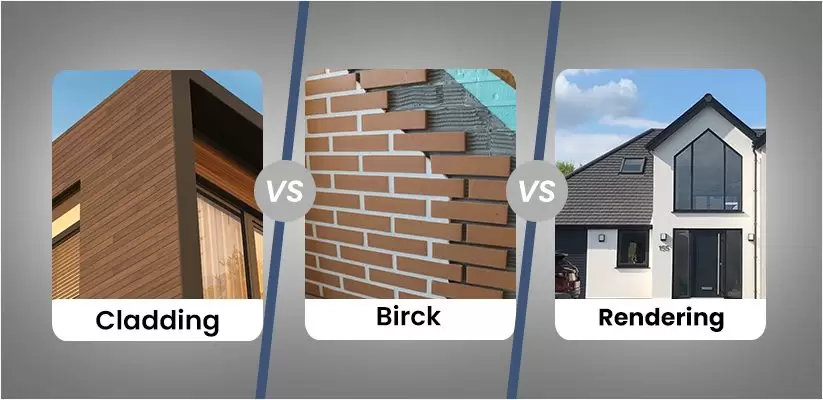
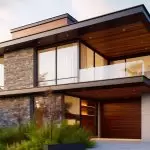
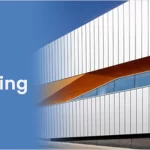
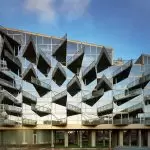


















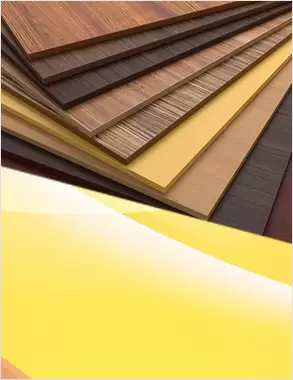

Post A Comment